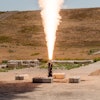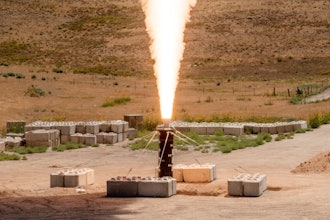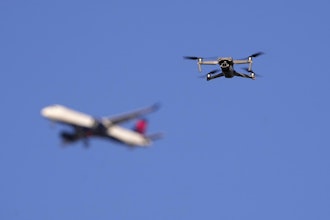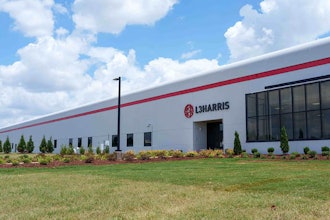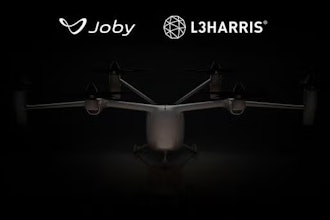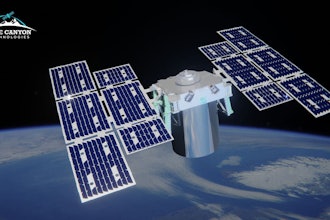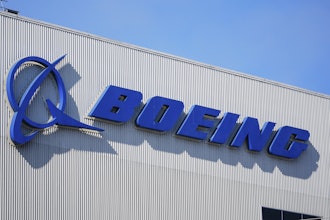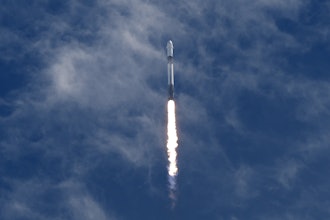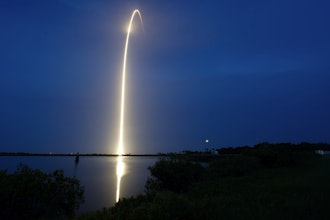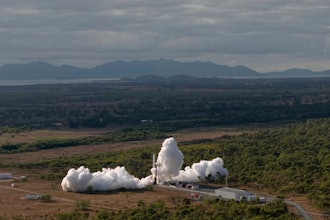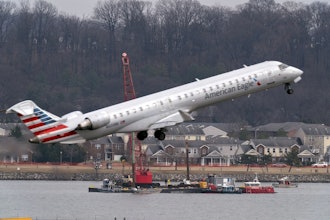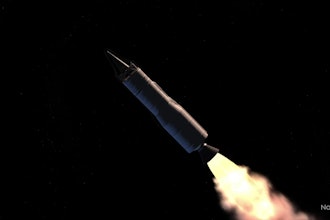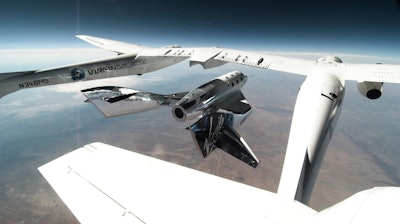
UPHAM, N.M. (AP) — Virgin Galactic on Thursday celebrated the second successful glide flight of its spaceship over Spaceport America in southern New Mexico.
Unlike the first glide test in early May, the pilots flew at higher speeds to help evaluate the ship’s systems and performance in preparation for the next stage of testing. That will involve rocket-powered flights.
"Our focus for this year remains unchanged on ensuring the vehicles and our operations are prepared for long-term, regular commercial spaceflight service,” Virgin Galactic CEO George Whitesides said in a statement.
While the company is in the midst of final testing, officials have yet to offer a date for the start of commercial flights. Officials said the data from the latest flight has to be analyzed. Other steps include making final modifications to the spaceship's customer cabin and completing detailed inspections.
During Thursday's flight, the spaceship reached a glide speed of Mach 0.85 after being released from the carrier ship VMS Eve at an altitude of 51,000 feet (15,545 meters). The pilots conducted various tests and maneuvers before touching down on the runway.
Virgin Galactic teams last weekend did a “wet” dress rehearsal in which they positioned the spaceship on the runway and loaded it with fuel.
Virgin Galactic is the anchor tenant of the taxpayer-financed Spaceport America — the world’s first facility designed and built specifically for launching commercial passengers and payloads into suborbital space. The company now has close to 180 people working out of the desert outpost.
More than 600 customers from around the world have purchased tickets to be launched into the lower fringes of space where they can experience weightlessness and get a view of the Earth below. The suborbital flights are designed to reach an altitude of at least 50 miles (80.5 kilometers) before gliding to a landing.
In addition to a few hundred people who have put down deposits for a ride with Virgin Galactic, more than 9,100 have registered their interest online. Company officials expect the interest to surpass the company’s capacity for flights for a few years.

